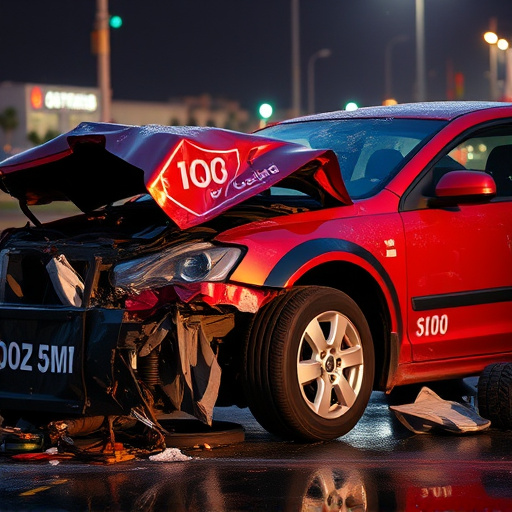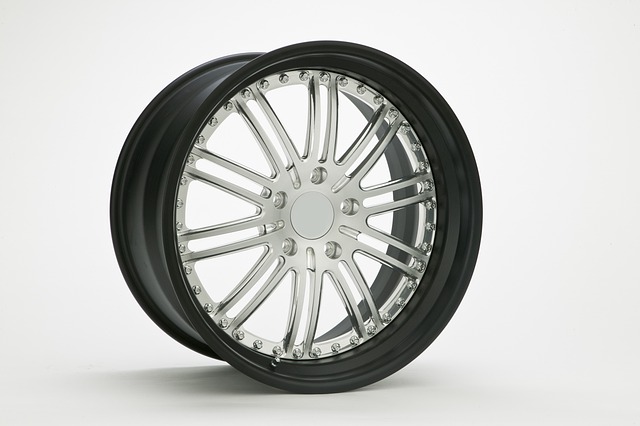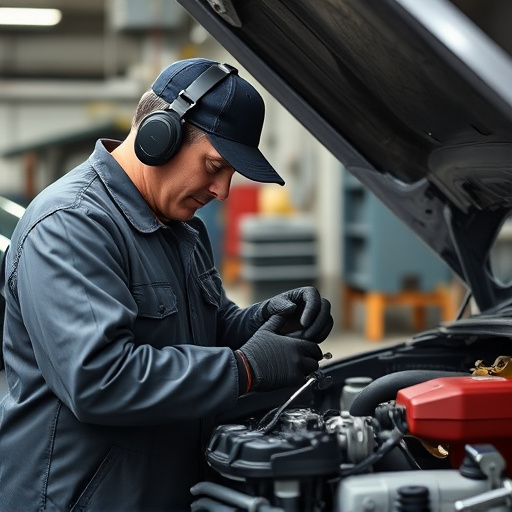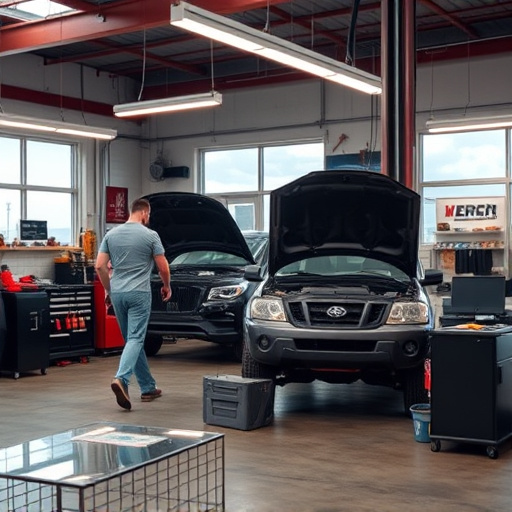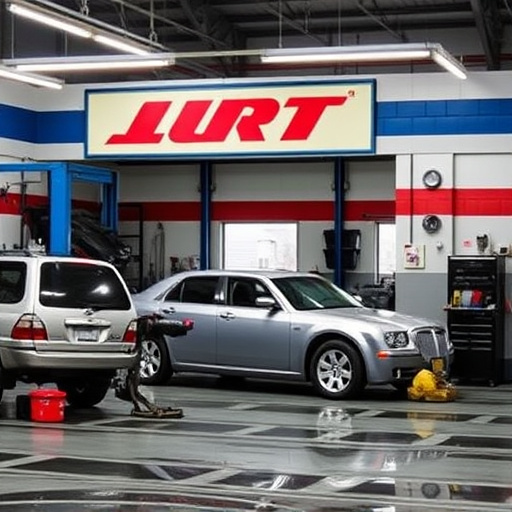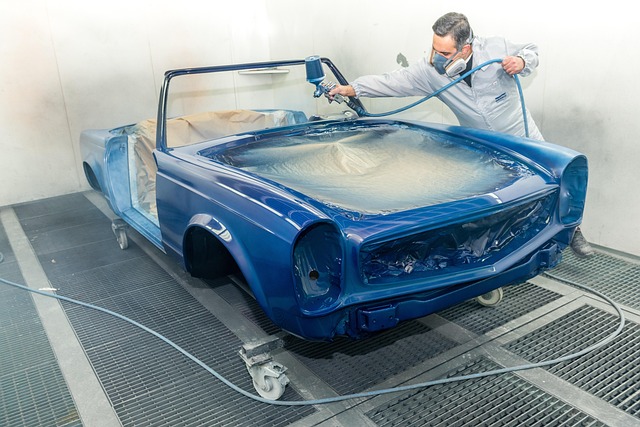Tesla 12V system repairs are needed due to age-related wear, faulty components and aging wiring. Regular maintenance, specialized services, and proper power management prevent issues and extend the system's lifespan. Consult trusted Tesla service centers or auto electricians for accurate diagnosis and safe fixes.
Tesla owners often face unexpected challenges with their 12V systems, leading to costly repairs. This article delves into the primary causes behind these issues. From common age-related wear and tear that affects older vehicles, to faulty components and wiring—a frequent culprit—and mismanagement of power loads, understanding these factors is key to maintenance. By identifying potential problems early on, Tesla owners can avoid inconvenient breakdowns and ensure their vehicle’s electrical system operates smoothly.
Common Age-Related Wear and Tear
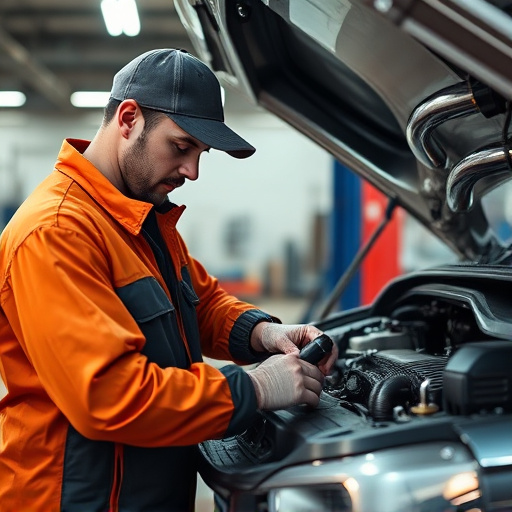
Over time, Tesla’s 12V systems can suffer from age-related wear and tear, just like any other automotive component. This is a common issue across various makes and models, not exclusive to electric vehicles. The relentless use and exposure to varying environmental conditions take a toll on the electrical system, leading to potential repair needs. From corroded battery terminals that hinder power flow to faulty connections causing intermittent issues, these problems can surface without proper maintenance or timely replacement.
Regular checks and routine maintenance are crucial in mitigating age-related damage. Many car repair shops offer specialized services for electric vehicles, including Tesla, ensuring that any wear and tear is identified early on. Proper care, such as keeping the battery clean and well-insulated, along with regular frame straightening to maintain optimal wiring integrity, can significantly extend the lifespan of your Tesla’s 12V system, thus reducing the need for costly repairs.
Faulty Components and Wiring

Many Tesla 12V system repair issues stem from faulty components and wiring. Over time, the various parts that make up this critical system can degrade or wear out, leading to malfunctions. This includes problems with the battery itself, alternator, starter motor, and the network of cables and connectors that transmit power throughout the vehicle. Wiring issues often manifest as intermittent power loss, dead spots in the car’s electrical system, or even complete failure of certain components.
Regular maintenance can help prevent some of these issues, but given the complex nature of modern automotive electrical systems, a thorough understanding and experience are essential when addressing them. Unlike minor problems like a car dent removal, which might be handled at an auto repair shop, Tesla 12V system repairs often require specialized knowledge and tools. Collison repair shops generally focus on structural damage, so for accurate diagnosis and safe, effective fixes, owners should consult trusted Tesla service centers or highly experienced auto electricians.
Mismanagement of Power Loads
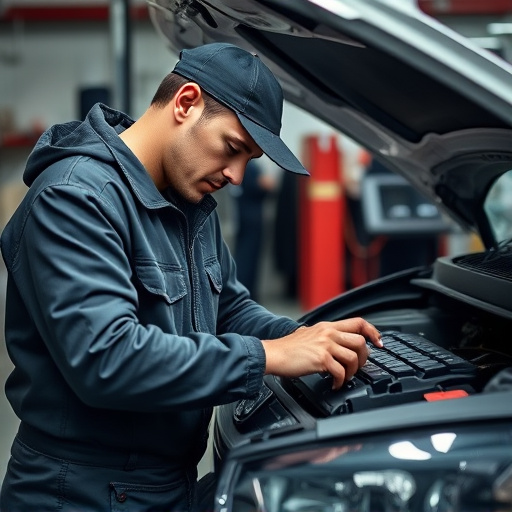
Mismanagement of power loads is a common culprit behind Tesla 12V system repair issues. In modern vehicles, including Teslas, the 12V electrical system is responsible for powering numerous accessories and components that are essential for both safety and convenience. However, improper handling of power demands can lead to overloading, causing the system to malfunction or even fail prematurely. This often occurs when aftermarket modifications are installed without considering the additional strain on the existing 12V network, resulting in overheating, voltage fluctuations, or complete system shutdowns.
At a reputable vehicle body shop specializing in Tesla repairs, technicians carefully assess and manage power loads to ensure optimal performance and longevity of the 12V system. This involves regular maintenance, such as checking for loose connections, replacing worn-out components, and balancing electrical load distribution. Moreover, when addressing issues related to auto glass repair or other modifications, experts make sure these changes do not compromise the integrity of the Tesla’s 12V system, thus preventing future repairs and enhancing vehicle restoration.
Tesla 12V system repairs often stem from age-related issues, faulty components, or improper power management. Regular maintenance is key to mitigating these common causes, focusing on component checks and ensuring adequate power handling. By addressing these areas, Tesla owners can extend the lifespan of their vehicle’s 12V system, preventing costly repairs.

